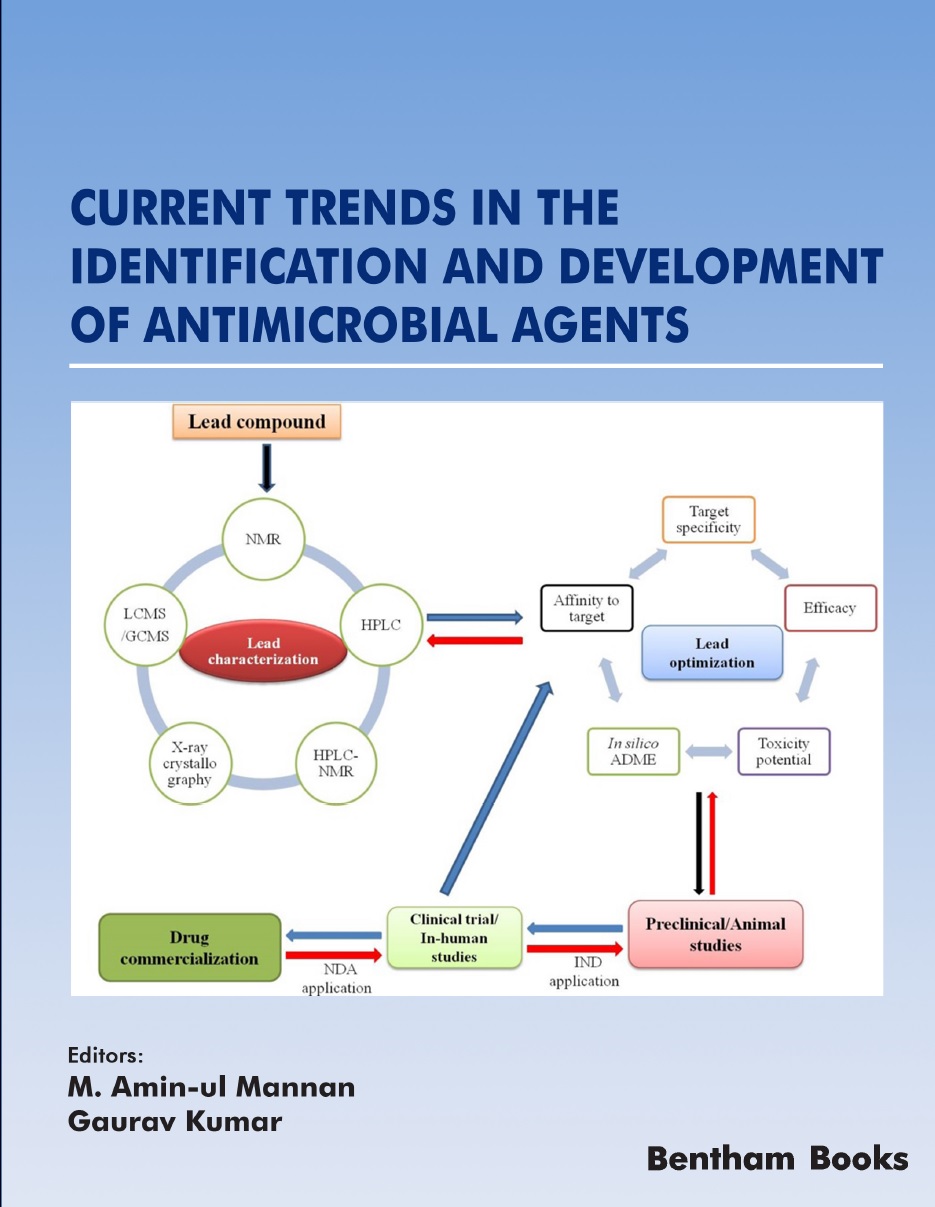Mushroom and Related Fungi: A Natural Source of Anti-Microbial Compounds

- Authors: Prabhjot Kaur1, Abhijit Dey2, Vijay Kumar3, Padmanabh Dwivedi4, Tabarak Malik5, R.M. Banik6, Brijendra Pratap Mishra7, Devendra Kumar Pandey8
-
View Affiliations Hide Affiliations1 School of Basic and Applied Sciences, Raffles University, Alwar, Rajasthan, India 2 Department of Life Sciences, Presidency University, Kolkata, India 3 School of Basic and Applied Sciences, Raffles University, Alwar, Rajasthan, India 4 Laboratory of Plant Tissue Culture and Stress Physiology, Department of Plant Physiology, Institute of Agricultural Sciences, Banaras Hindu University, Varanasi, India 5 Department of Biochemistry, College of Medicine and Health Sciences, University of Gondar, Gondar, Ethiopia 6 School of Biochemical Engineering, Indian Institute of Technology (BHU), Varanasi, India 7 Department of Biochemistry, Autonomous State Medical College Bahraich, KGM University, Lucknow, UP, India 8 School of Basic and Applied Sciences, Raffles University, Alwar, Rajasthan, India
- Source: Current Trends in the Identification and Development of Antimicrobial Agents , pp 248-272
- Publication Date: March 2023
- Language: English
There is an urgent need to search for effective novel antibiotics due to the evolution of pathogen resistance towards the existing anti-microbial drugs. To fulfill the demand of pharmaceutical industries for novel drugs against pathogenic microbes, the potential source is nature, which is the largest repertoire for discovering biologically active drugs. Among the natural products, mushrooms are primary sources of diverse low and high-molecular-weight compounds that demonstrate anti-bacterial, anti-fungal, anti-parasitic and anti-viral activities. Mushrooms belonging to basidiomycetes or ascomycetes were classified into edible and non-edible and had high nutritive and medicinal properties due to the presence of bioactive compounds. The most common edible mushrooms comprise Agaricus bisporus, Lentinus, Auricularia. Hericium, Grifola, Flammulina, Pleurotus, and Tremella are potent sources of vitamins (thiamine, riboflavin, niacin, biotin and ascorbic acid, Vitamin A and D), lipids (mono, di, and triglycerides, sterols, phospholipids) and polysaccharides whereas non-edible mushrooms Ganoderma lucidum (Reishi), Lentinus edodes (Shiitake), Inonotus obliquus (Chaga), Ganoderma, Trametes, Cordyceps spp., etc., are potent sources of alkaloids, terpenoids, steroids, anthraquinones, benzoic acid derivatives, and quinolines. The literature review suggests that mushrooms showed high anti-microbial activities against Gram-positive bacteria (Bacillus spp., Listeria monocytogenes, Micrococcus spp., Staphylococcus spp. etc.) and Gram-negative bacterial species (Escherichia coli,Klebsiella spp. or Salmonella sp) as well as anti-fungal (Candida spp., Aspergillus spp., Penicillium spp. etc.) and anti-viral (HIV-I, influenza) activities. The present chapter highlighted the mushrooms showing anti-microbial activity, techniques for appraisal of anti-microbial activity, anti-microbial bioactive compounds and last but not least, the downstream process of some selected compounds originally isolated from mushrooms. nbsp;
-
From This Site
/content/books/9789815080056.chap9dcterms_subject,pub_keyword-contentType:Journal -contentType:Figure -contentType:Table -contentType:SupplementaryData105

